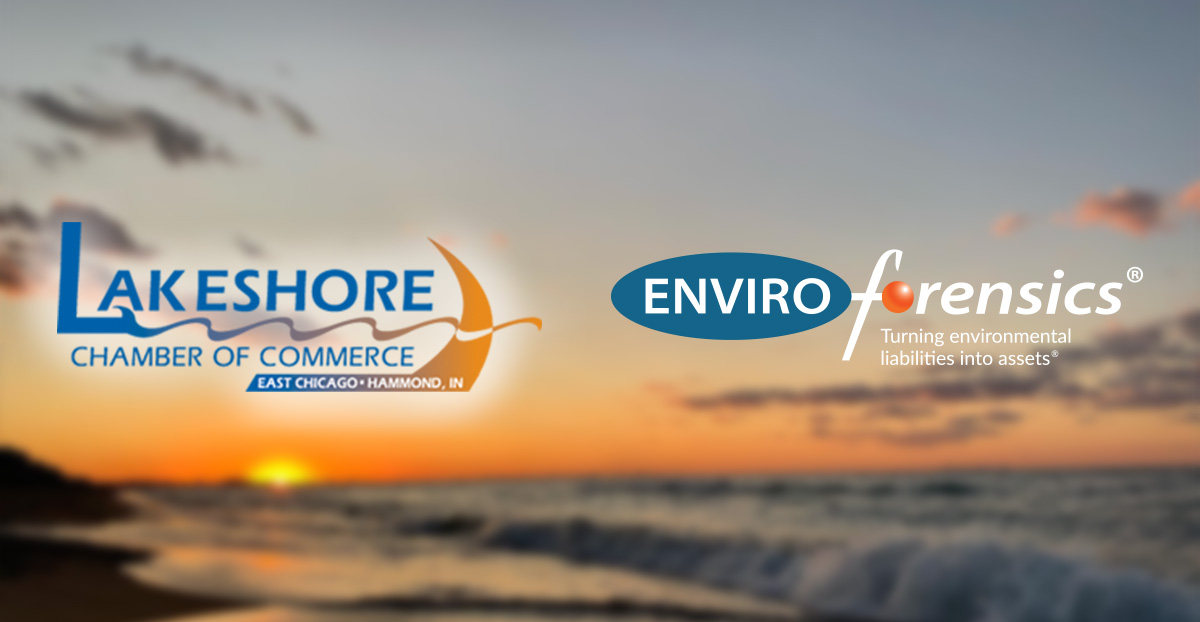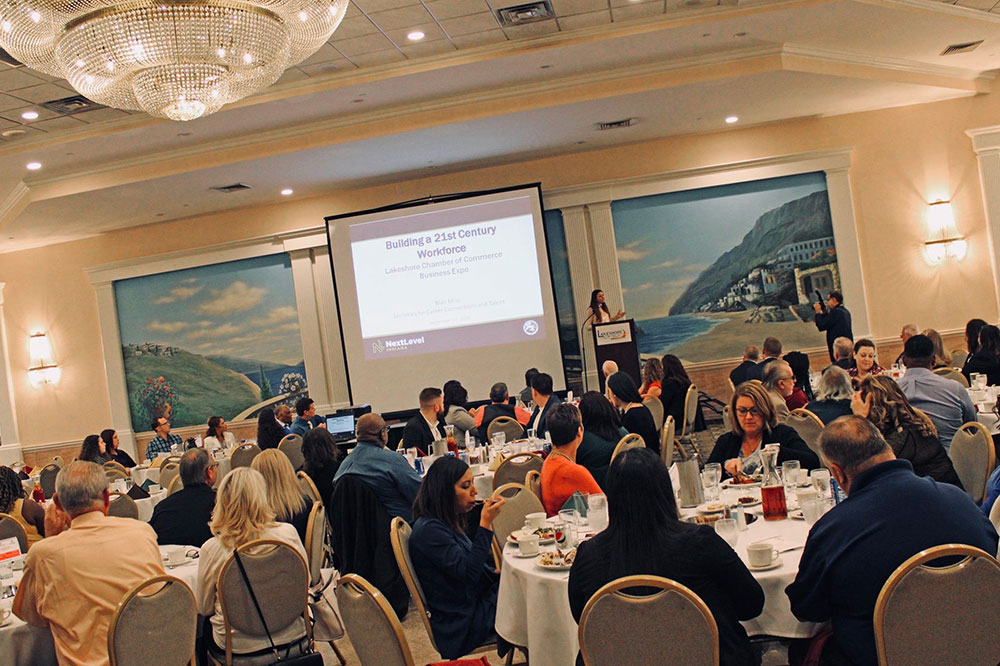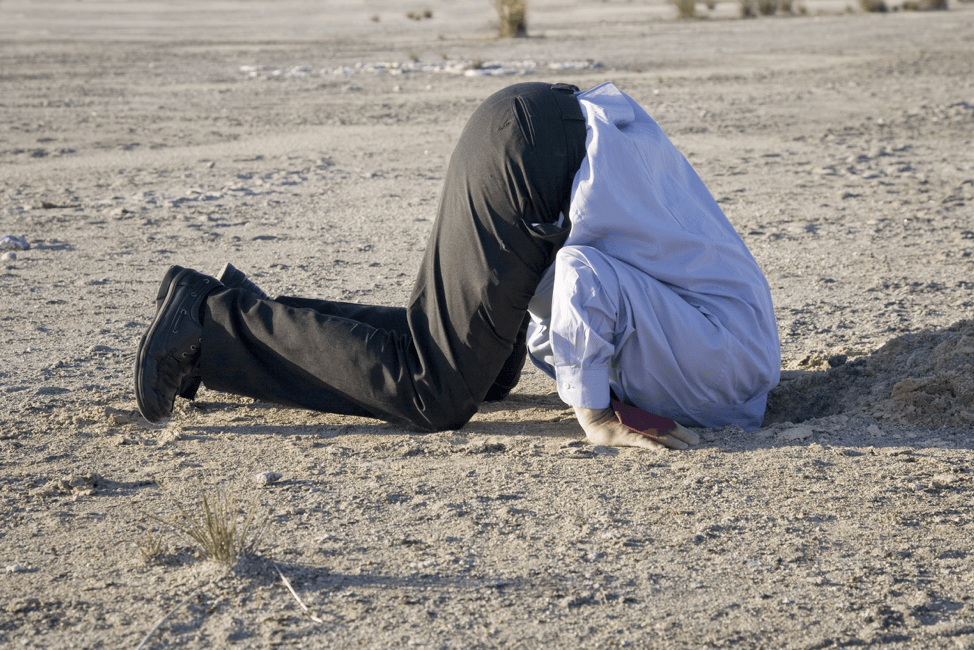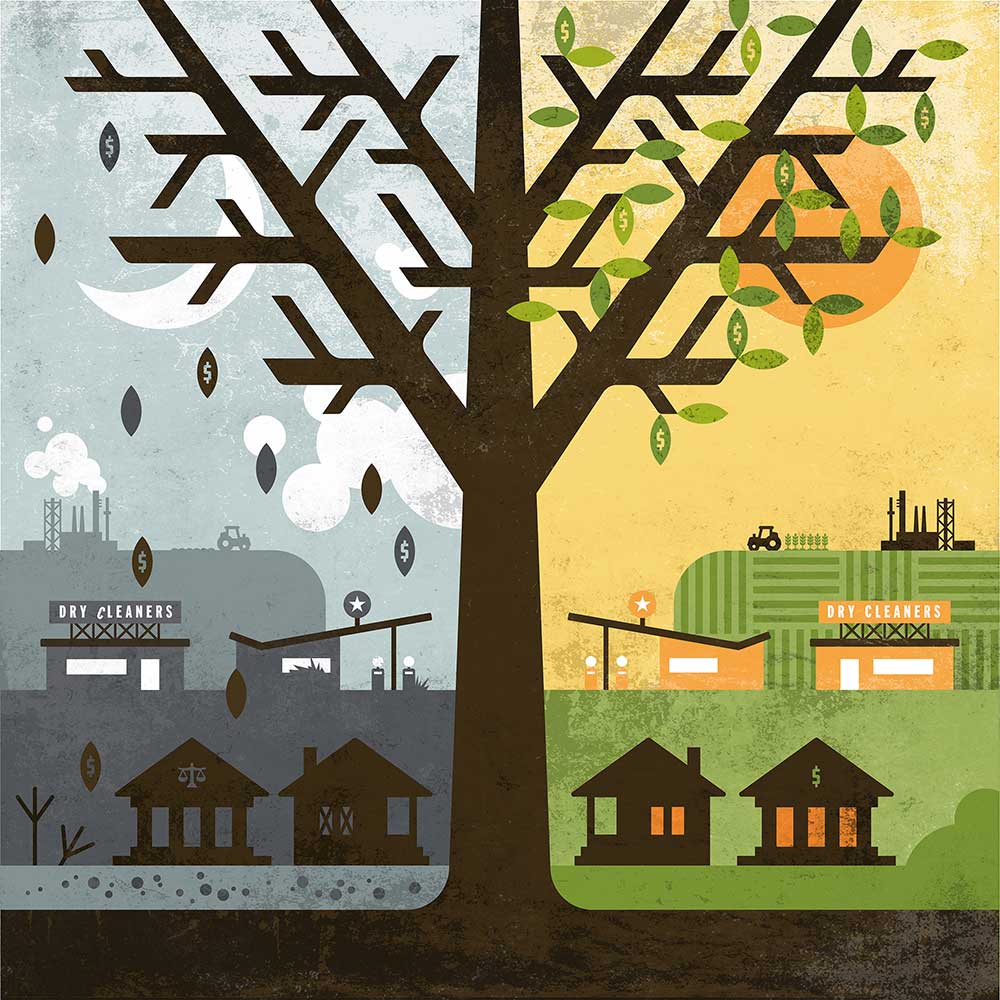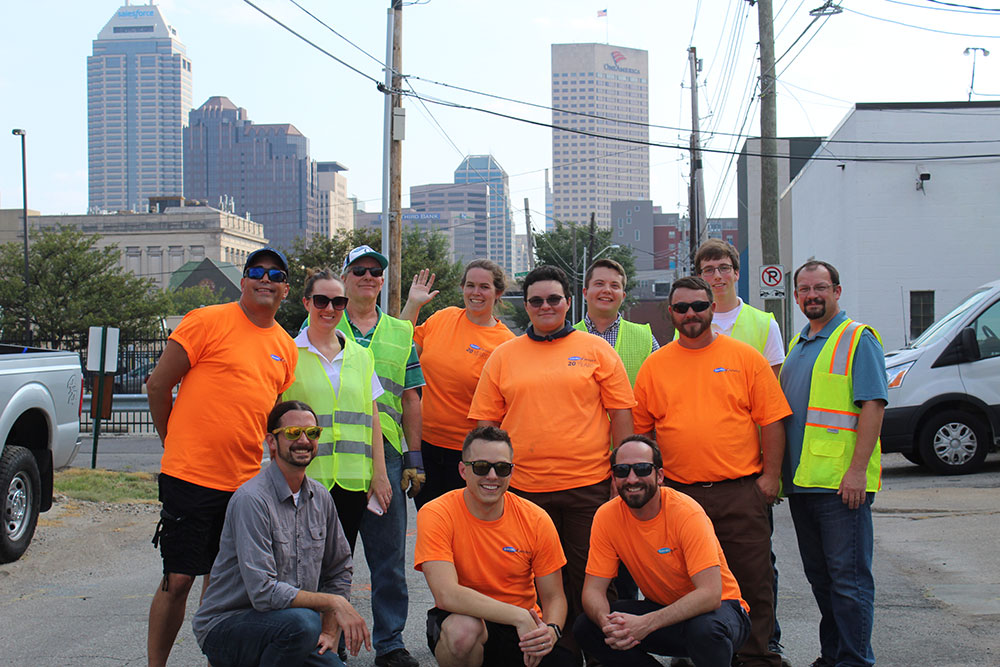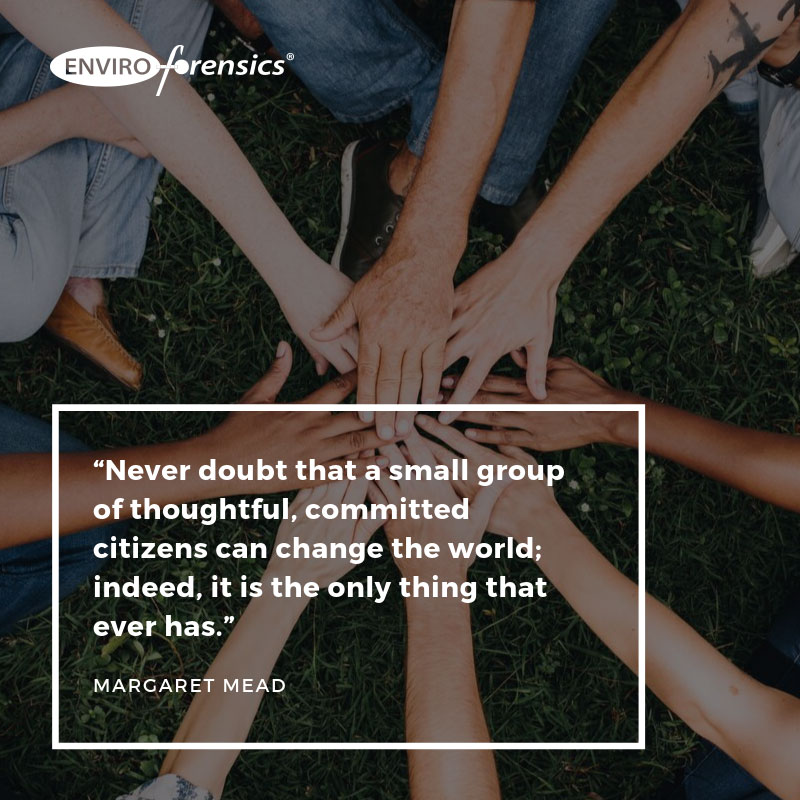An environmental investigation and cleanup at a dry cleaner presents a series of complex and unique challenges. With the help of an insurance archeologist, a trusted environmental attorney, and an experienced team of environmental consultants, it doesn’t have to be so difficult.
EnviroForensics’ President, Jeff Carnahan, LPG, Director of Accounts, Dru Shields, and Account Executive, Joe Miller discussed this in a recent webinar co-sponsored by the Pennsylvania Delaware Cleaners Association (PDCA). At the end, attendees submitted questions about their own environmental situations for the panel to answer.
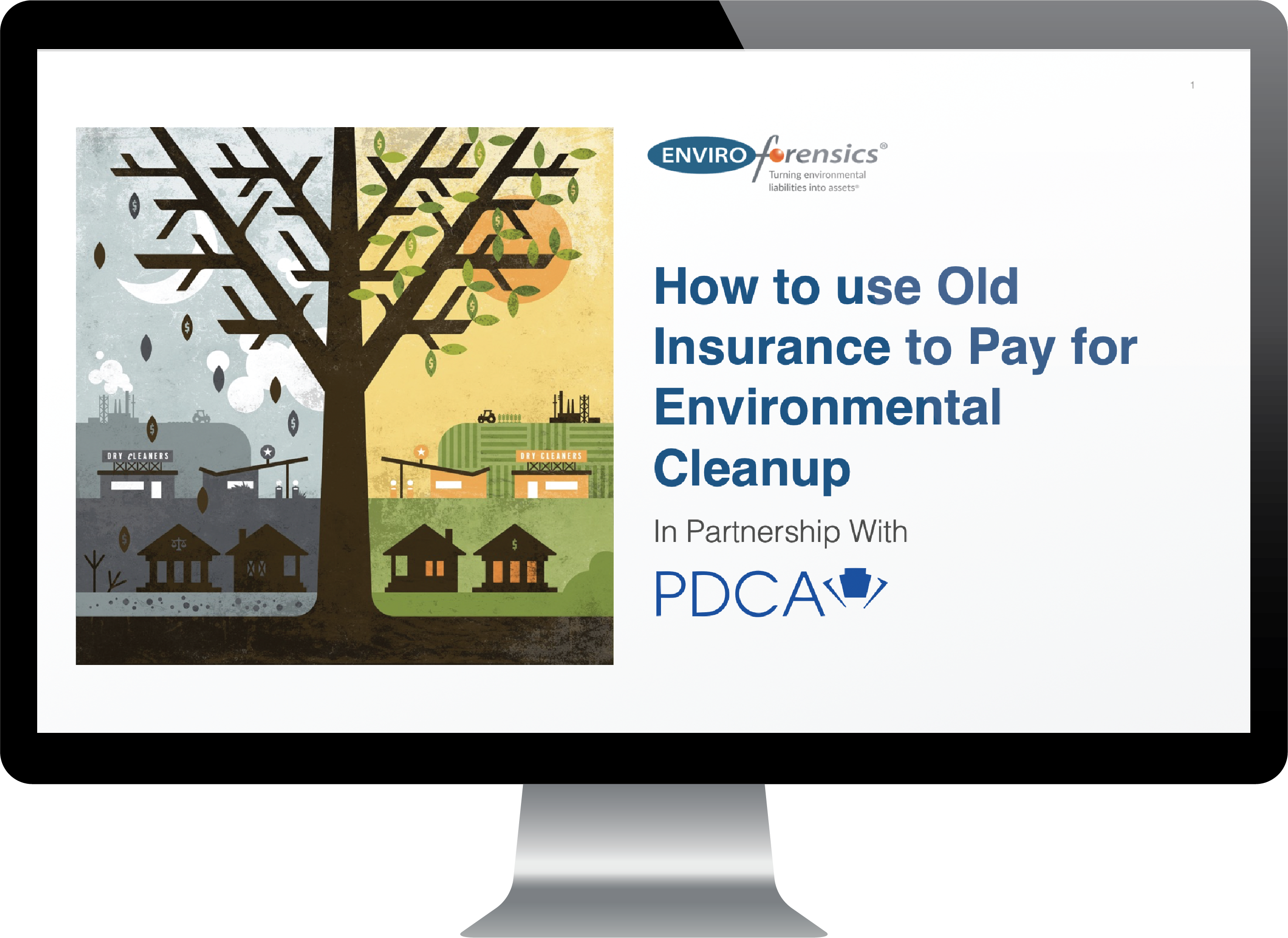
Watch the webinar “How to use old insurance to pay for environmental cleanup,” to see the recorded presentation and Q&A session, and download the slideshow
This Q&A session has been lightly edited for clarity.
1. I completed a cleanup and it was of great expense. Who can I talk to to look into historic insurance?
Dru Shields: When a cleanup has already been completed, it is possible to recover some of the costs that have been spent already. You may not recover all costs. Depending on case law in your state, there may be some hurdles. But, seeking out an insurance archeologist can help you go through your information, and locate historical insurance policies by:
- recovering old business records and old historical insurance policies,
- walking through the process of pulling together the corporate history,
- pulling together any information on stakeholders that were involved in the business, and
- pulling together any business records that you do have will be helpful when you initially reach out to an insurance archeologist.
2. How does a dry cleaning business owner start the insurance archeology and environmental cleanup process if there hasn’t been a lawsuit or a sale to trigger a defense?
Shields: That is a really good question. We’ve actually had a few of these situations come through recently. Even if you don’t have an action against you that’s going to trigger your insurance, locating those policies and making sure you have a safety net in place for when that situation arises, is always going to put you in a much better position than if you were to be in a reactive position, when it comes to actually getting the claim needed, whether that’s the lawsuit or a letter from your state regulatory agency. As I mentioned before, with the lawsuits it doesn’t necessarily have to be a contentious lawsuit. It could be an agreement you have in place with someone—whether it’s a neighbor or a landlord—someone who understands that to get the situation cleaned up and addressed, you’re going to need a lawsuit. So, that is something that we can assist with as well.
3. What is the average cost of a Phase I and a Phase II investigation?
Joe Miller: The average cost of a Phase I and a Phase II can vary all over the map. A Phase I is mostly a desktop investigation to see what the history of the property usage was, so not only was there just a dry cleaner, but what was there in the past? What could have potentially impacted that property beforehand? And also, what, in the surrounding area, could be impacting that property, too? What is the risk? So, the cost of a Phase I can range anywhere from $1,800 to upwards of $2,500-$3,000.
A Phase II are a little more difficult to name a price on because that’s really tough to determine how many holes to poke in the ground. That’s an actual investigation where you’re sampling; you’re taking samples of the soil beneath your site, you’re taking samples of groundwater beneath the site, sending those for analysis, and then generating a robust report of those findings. So, in any case a Phase I or a Phase II, we still suggest that you do your insurance due diligence first; Make sure we have a safety net of payment in place, in case something does pop out of those, especially a Phase II. And, be ready to go in case an environmental issue is found in those investigations.
Jeff Carnahan: I think the cost of a Phase II—if you’ve done what you’re talking about and actually have done the homework and find out that you’ve got coverage in place—the cost of your Phase II investigation can be mitigated, it can be kept minimal. In that situation what you’re concerned about is: Do I have a problem or don’t I have a problem? And, since we’ve worked with a lot of dry cleaners across the country, we know of three or four locations at a site where a problem is likely to be found. If that Phase II is to satisfy a lender, they might need more data confirming a property’s compliance. So, on the short-end, you’re looking at $10,000 – $12,000 for a minimal Phase II. If you need to satisfy your lending institution for a transaction, it might be closer to $25,000.
4. Can you use insurance archeology in addition to state-funded environmental cleanup programs?
Shields: The short answer here is yes. We have worked with a few different state funds to keep dry cleaners eligible for the fund. The goal is to use the historical insurance policies to pay for the cleanup. We have also worked with funds to implement language where a dry cleaner is required to look into locating historical insurance policies before they’re eligible for the fund. So, those funds want members to make sure there isn’t another source of funding before they’re able to dip into the funds provided by the states. And, that’s not to say though that there aren’t some funds that may have rules in place that would maybe not allow for insurance where they would prefer people who are using insurance to use only insurance, but if you have insurance and it’s going to cover it, and you have a state fund, and we’re able to keep you eligible, then yes, you can use both.
5. Will PERC naturally degrade over time if nothing is done?
Carnahan: I’ll try not to geek out too much on the science, guys. A lot of times we’ll go investigate gasoline sites and we’ll find evidence of impacts, but gasoline contamination will naturally degrade over time. If it’s a really old spill, sometimes you don’t have to do much. On the other hand, chlorinated solvents are considered recalcitrant compounds. That means that they don’t go anywhere, and they are very stubborn. Under natural conditions, there can be some breakdown, but not substantial over time. With Perchlorethylene, the degradation process that microbes will assist with; it goes from perchlorethylene down to trichlorethylene, so these chlorine atoms will cleave off of the molecule over time. We have investigated 50, 60, 70 year old dry cleaners or chlorinated solvent sites where we only see perchlorethylene; There’s been zero degradation over time. So, if your plan is, “Gee, my grandpa never did anything because he was hoping it would go away over time. My dad did the same thing. My mom did the same thing. And, now I’m doing the same thing,” it may not work out for you very well.
Miller: One other piece to mention is the differences of geology in different areas. One of these degradation materials that Perc turns into is vinyl chloride, which likes to hit sand and travel even faster through sand than actual Perc does. So, sometimes a problem that could have been a big problem to begin with, can be a miles-long problem after years and years of motion in groundwater.
6. What if contamination is found on my property, but money is not available for me to clean it up? Can I be shut down?
Carnahan: Not really. But you can be essentially hounded by the regulatory agency, and they’ll be on your back for a long time. Regulatory agencies are able to enforce stipulated penalties and/or fines if work does not move forward, but realistically if the money is just not there, there’s not a whole lot they can do about it other than to continue to be on your case about it. Now, ultimately if there’s actually a human exposure because of the contamination at your site, but you literally do not have the money to clean it up, the EPA or the state agency can actually come in and take control of your site and spend money to take care of that ongoing exposure. However, just because the state comes in it doesn’t mean that they’re going to shoulder that cost. You’re going to get hit with a bill for money that somebody else spent. So, again, if you’re having trouble like that, we really recommend looking for your old policies. Let us look for those historical insurance assets so you can take control of the environmental issue yourself, because only then will be able to really take care of the situation.
7. On average, how long does it take to look for old insurance policies?
Shields: We typically give our insurance archeologists about 90 days to complete a project. If it needs to be expedited, we can take that into consideration as well, but the average time is 90 days.
8. How do I select a good environmental consultant?
Carnahan: Dry cleaner sites can be very specific. The contamination that occurs at a dry cleaner site is most likely operations-oriented. Whether it’s been a series of boil-overs in your still, whether or not there’s been a release to the sewer from the separator water, whether or not it’s been from a muck pile or from a drum of spent cartridges out back, you really need to find a consultant who has specific dry cleaner experience because they’re the ones who are going to know where to look. They’re the ones who will be able to more efficiently define the nature and extent of contamination in a reasonable manner. Also, chlorinated solvents are really tricky. They don’t break down over time. The pure product is heavier than water, which means that whenever it migrates down to the water table and continues down beneath the water table, it’s really hard to find, and if you don’t have a consultant that’s experienced with that specifically, it can be difficult to get your site cleaned up. So, how do you go about doing that? We can help you with that and can work with you. If you’re located where we can’t specifically get out there and start doing the investigation ourselves, which is of course one of our specialities, we’ll work with you. We’ll stand beside you during the claims process. We’ll stand beside you during the investigation process, and make sure that everything is on the up and up and looking good.
9. We’ve found our insurance policies, but what happens when the insurance company no longer exists?
Shields: We’ve seen cases where insurance companies have been acquired by other insurance companies, and in that case you can find the chain of ownership and figure out who the main carrier is and whether or not you can still tender claims on those policies. We have also seen cases where the insurance carrier has been completely liquidated, and in some instances, there have been time stamps on how long you can tender claims. If that timeframe is up, you won’t be able to tender on those policies. In many cases we’ve found that dry cleaners switch insurance carriers over time. The likelihood of a dry cleaner having one insurance carrier for the entire extent of their ownership is low. It’s more likely that they would have changed to get better premiums, so the goal there would be to find policies that would have been held by insurance carriers that are still solvent.
 Jeff Carnahan, LPG, has 20+ years of environmental consulting and remediation experience. His technical expertise focuses on the investigation and interpretation of subsurface releases of hazardous substances for the purpose of evaluating and controlling the risk and cost implications. He has focused on being a partner with the dry cleaning industry for the past decade, and he’s a frequent contributor to the national dry cleaning publication Cleaner & Launderer. He is an industry leader in understanding that environmental risk includes not only cleanup costs, but also known and unknown third-party liability.
Jeff Carnahan, LPG, has 20+ years of environmental consulting and remediation experience. His technical expertise focuses on the investigation and interpretation of subsurface releases of hazardous substances for the purpose of evaluating and controlling the risk and cost implications. He has focused on being a partner with the dry cleaning industry for the past decade, and he’s a frequent contributor to the national dry cleaning publication Cleaner & Launderer. He is an industry leader in understanding that environmental risk includes not only cleanup costs, but also known and unknown third-party liability.
 Dru Shields has over 10 years of account management experience in the environmental consulting and engineering industry. She manages a team of account executives who work across the country. Shields is a member of numerous regional dry cleaning associations in addition to serving on the Midwest Drycleaning and Laundry Institute (MWDLI) Advisory Council. Shields has extensive experience in assisting clients in securing funding for their projects through historical insurance policies. As Director of Accounts, Shields helps business and property owners facing regulatory action to navigate and manage their liability.
Dru Shields has over 10 years of account management experience in the environmental consulting and engineering industry. She manages a team of account executives who work across the country. Shields is a member of numerous regional dry cleaning associations in addition to serving on the Midwest Drycleaning and Laundry Institute (MWDLI) Advisory Council. Shields has extensive experience in assisting clients in securing funding for their projects through historical insurance policies. As Director of Accounts, Shields helps business and property owners facing regulatory action to navigate and manage their liability.
 Joe Miller brings 15+ years of account management and environmental due diligence experience. He has a background in geology, is a licensed mitigator, and understands the technical aspects of contaminated sites as well as the associated business liabilities. As an Account Executive, Miller conducts preliminary assessments and provides proven solutions to private business owners, small-large manufacturing facilities, municipalities, and redevelopment coalitions.
Joe Miller brings 15+ years of account management and environmental due diligence experience. He has a background in geology, is a licensed mitigator, and understands the technical aspects of contaminated sites as well as the associated business liabilities. As an Account Executive, Miller conducts preliminary assessments and provides proven solutions to private business owners, small-large manufacturing facilities, municipalities, and redevelopment coalitions.

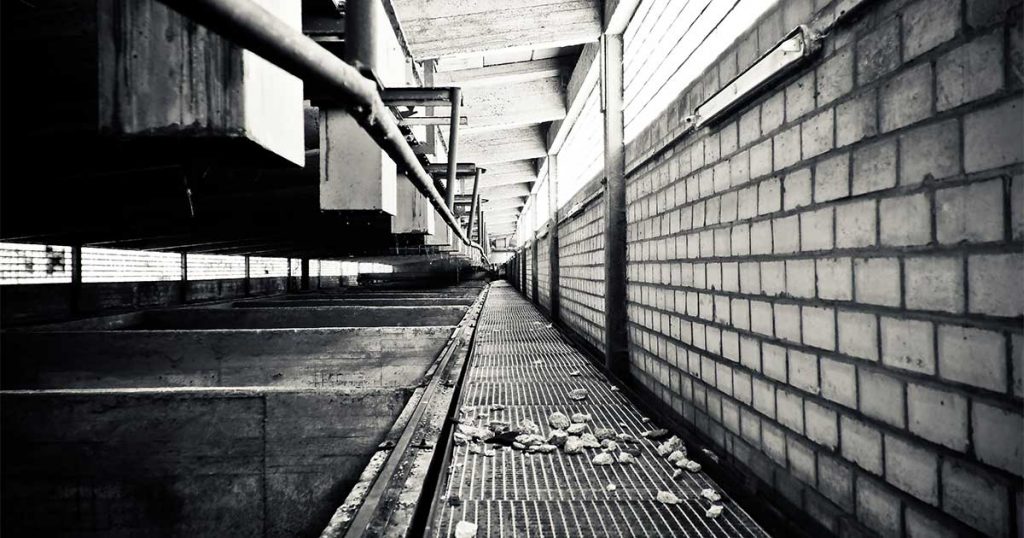
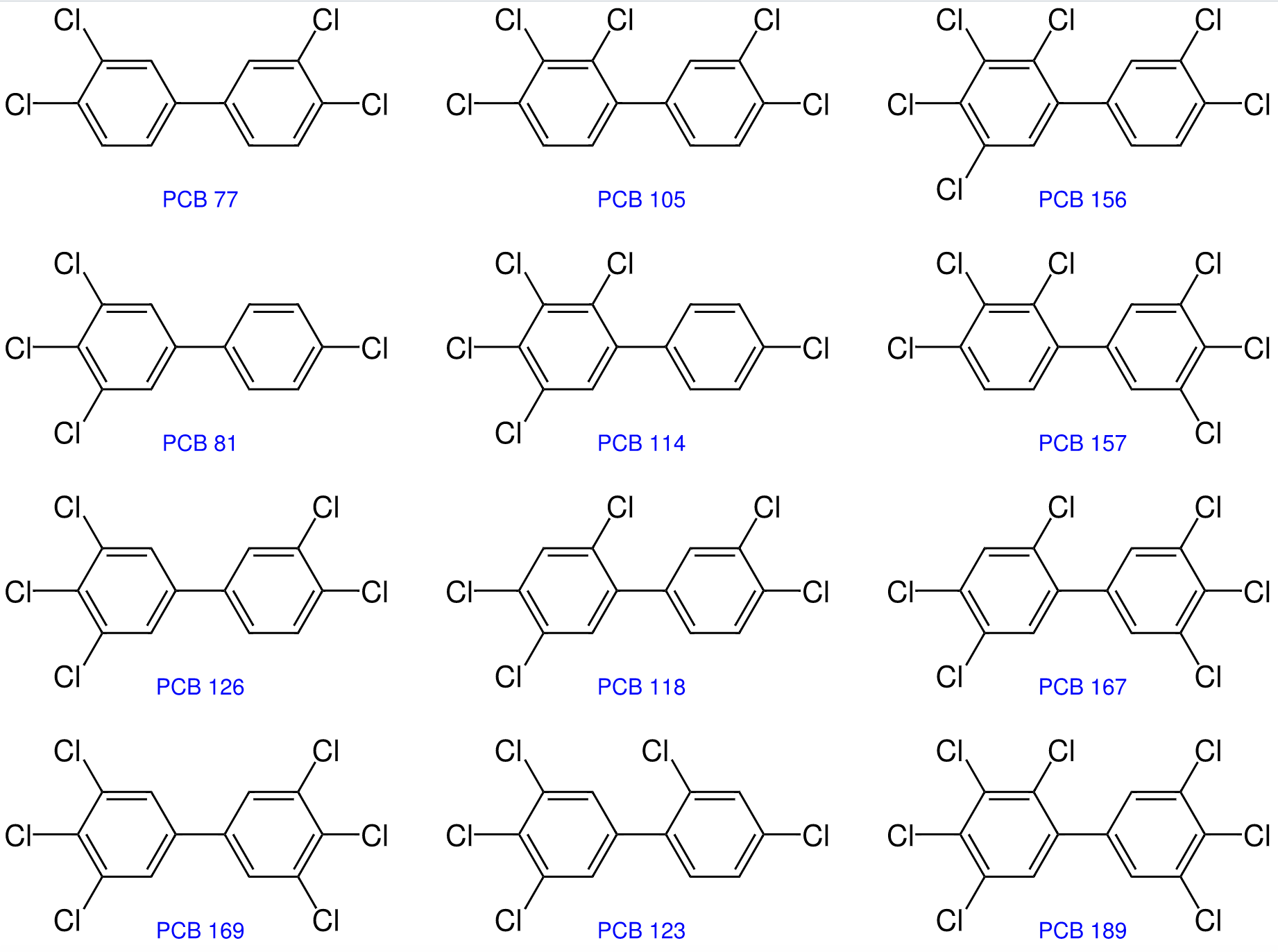
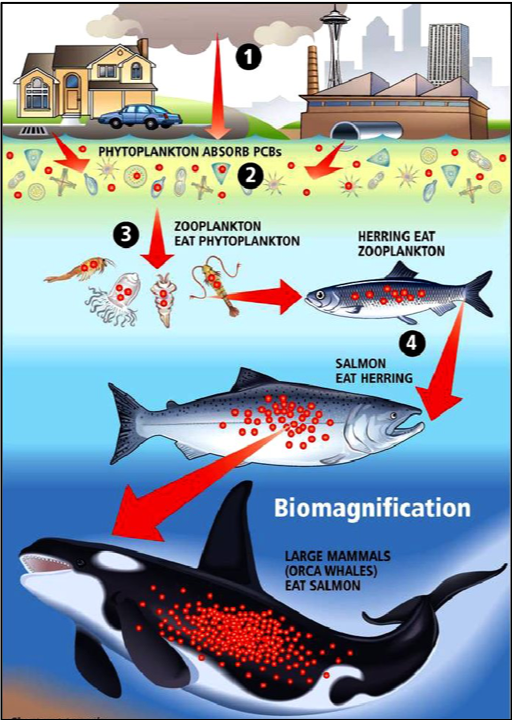

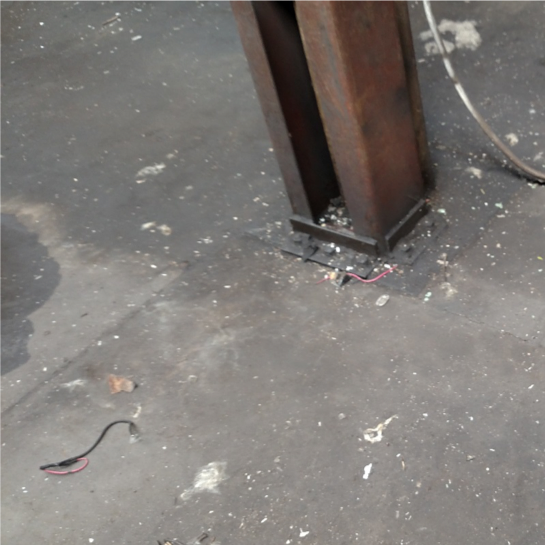
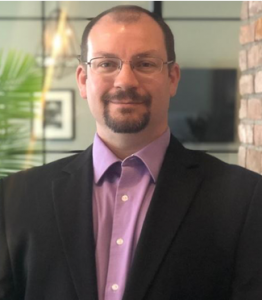 Mr. R. Scott Powell is a Senior Project Manager with over 20 years of environmental consulting experience. Mr. Powell’s expertise covers a wide variety of projects ranging from due diligence, LUST/petroleum, hazardous material remediation, asbestos, lead-based paint, remedial actions, to remedial systems. He manages complex relationships fostering the cohesive involvement of several parties on multiple sites with co-mingled contaminant plumes requiring the implementation of remedial solutions for chlorinated solvents, hazardous materials, and petroleum hydrocarbon impacts. He has extensive experience with environmental regulatory compliance, including Clean Water Act (CWA), Comprehensive Environmental Response Compensation Liability Act (CERCLA), Resource Conservation Recovery Act (RCRA), Superfund Amendments and Reauthorization Act (SARA), and Toxic Substance Control Act (TSCA). Mr. Powell manages negotiations with state and federal regulatory agencies, provides litigation support in matters concerning environmental issues, and acts as a third-party reviewer of work performed by others.
Mr. R. Scott Powell is a Senior Project Manager with over 20 years of environmental consulting experience. Mr. Powell’s expertise covers a wide variety of projects ranging from due diligence, LUST/petroleum, hazardous material remediation, asbestos, lead-based paint, remedial actions, to remedial systems. He manages complex relationships fostering the cohesive involvement of several parties on multiple sites with co-mingled contaminant plumes requiring the implementation of remedial solutions for chlorinated solvents, hazardous materials, and petroleum hydrocarbon impacts. He has extensive experience with environmental regulatory compliance, including Clean Water Act (CWA), Comprehensive Environmental Response Compensation Liability Act (CERCLA), Resource Conservation Recovery Act (RCRA), Superfund Amendments and Reauthorization Act (SARA), and Toxic Substance Control Act (TSCA). Mr. Powell manages negotiations with state and federal regulatory agencies, provides litigation support in matters concerning environmental issues, and acts as a third-party reviewer of work performed by others.
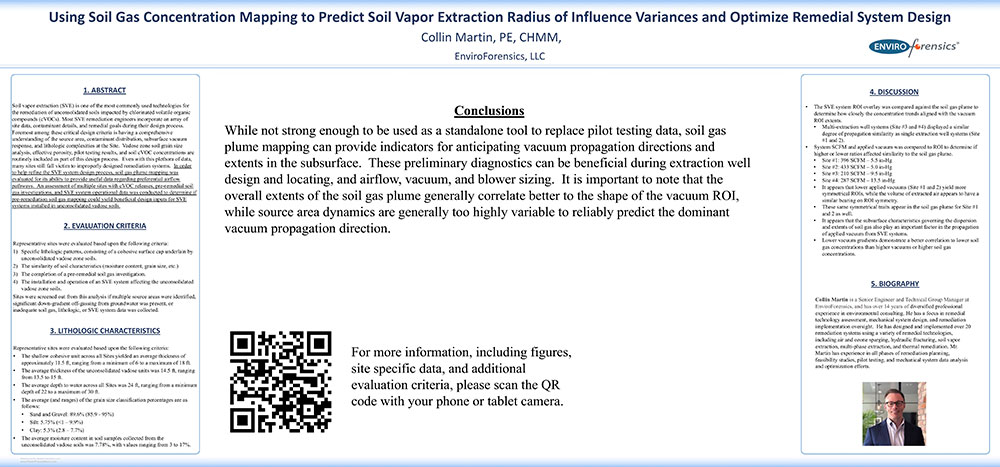
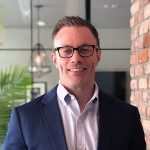 Collin Martin, PE, CHMM
Collin Martin, PE, CHMM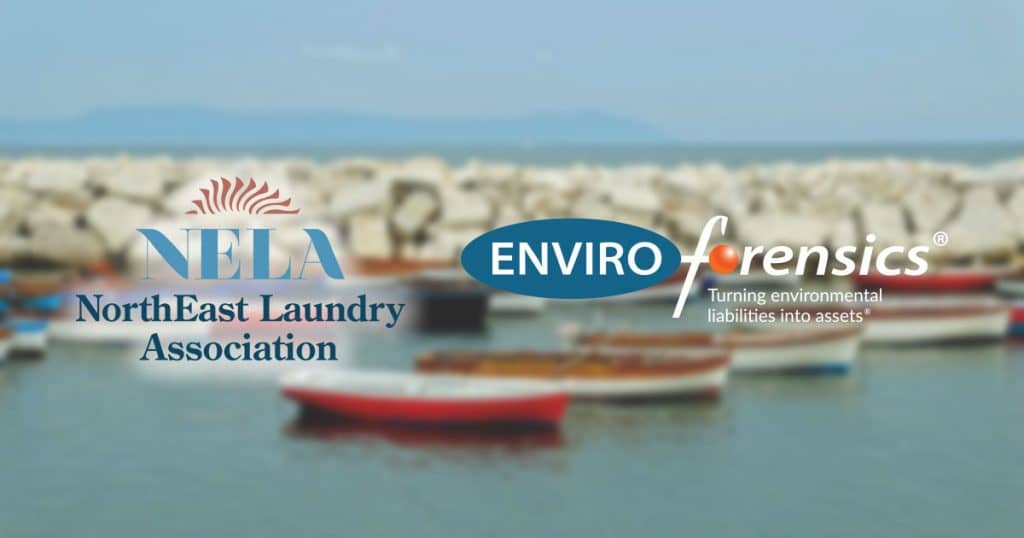
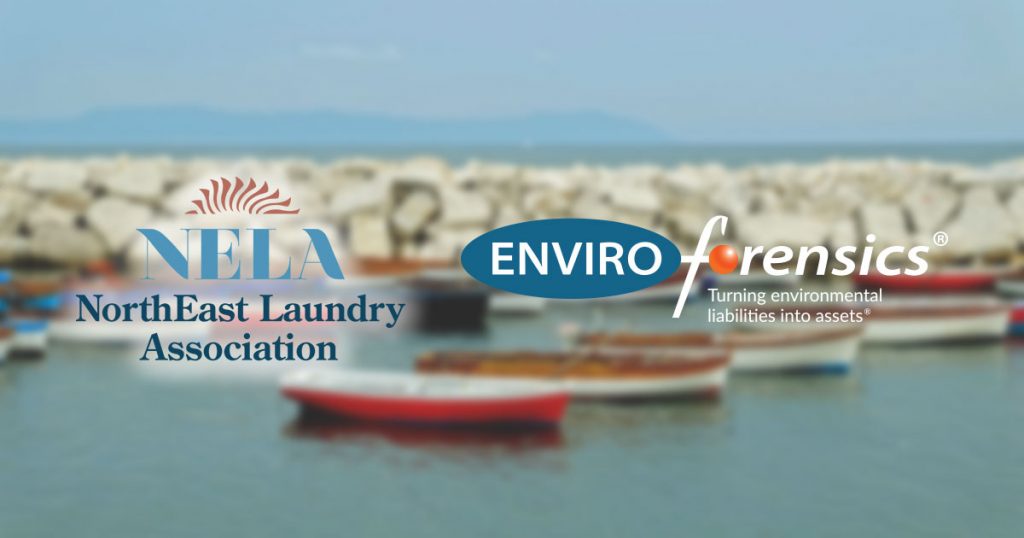

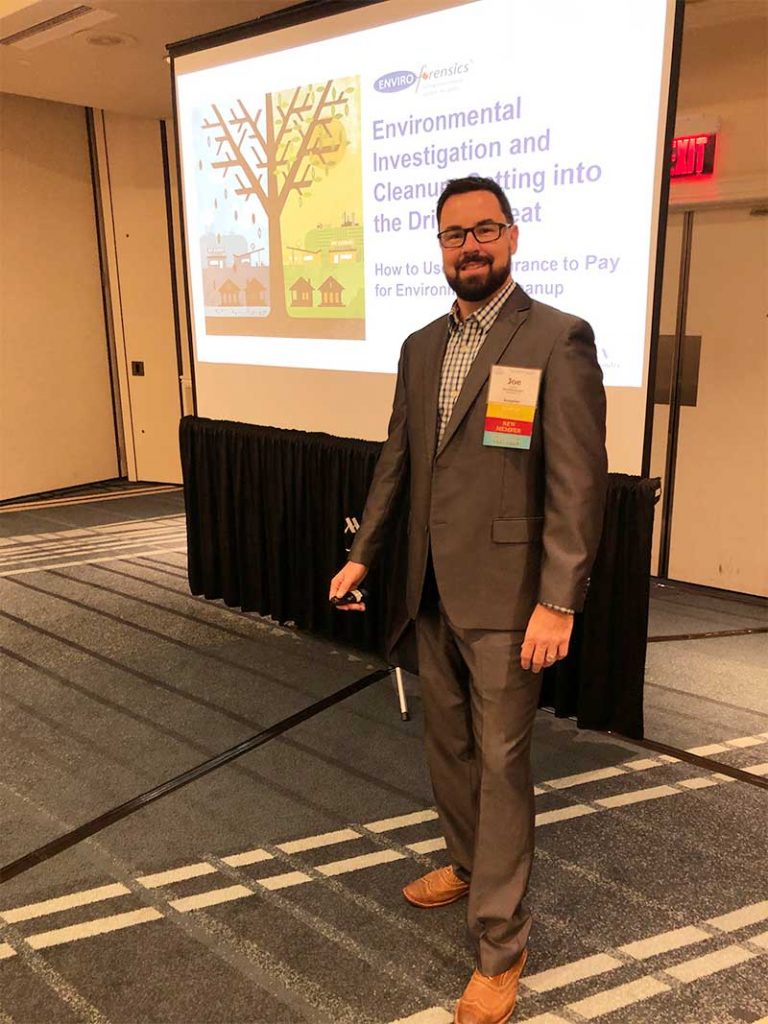

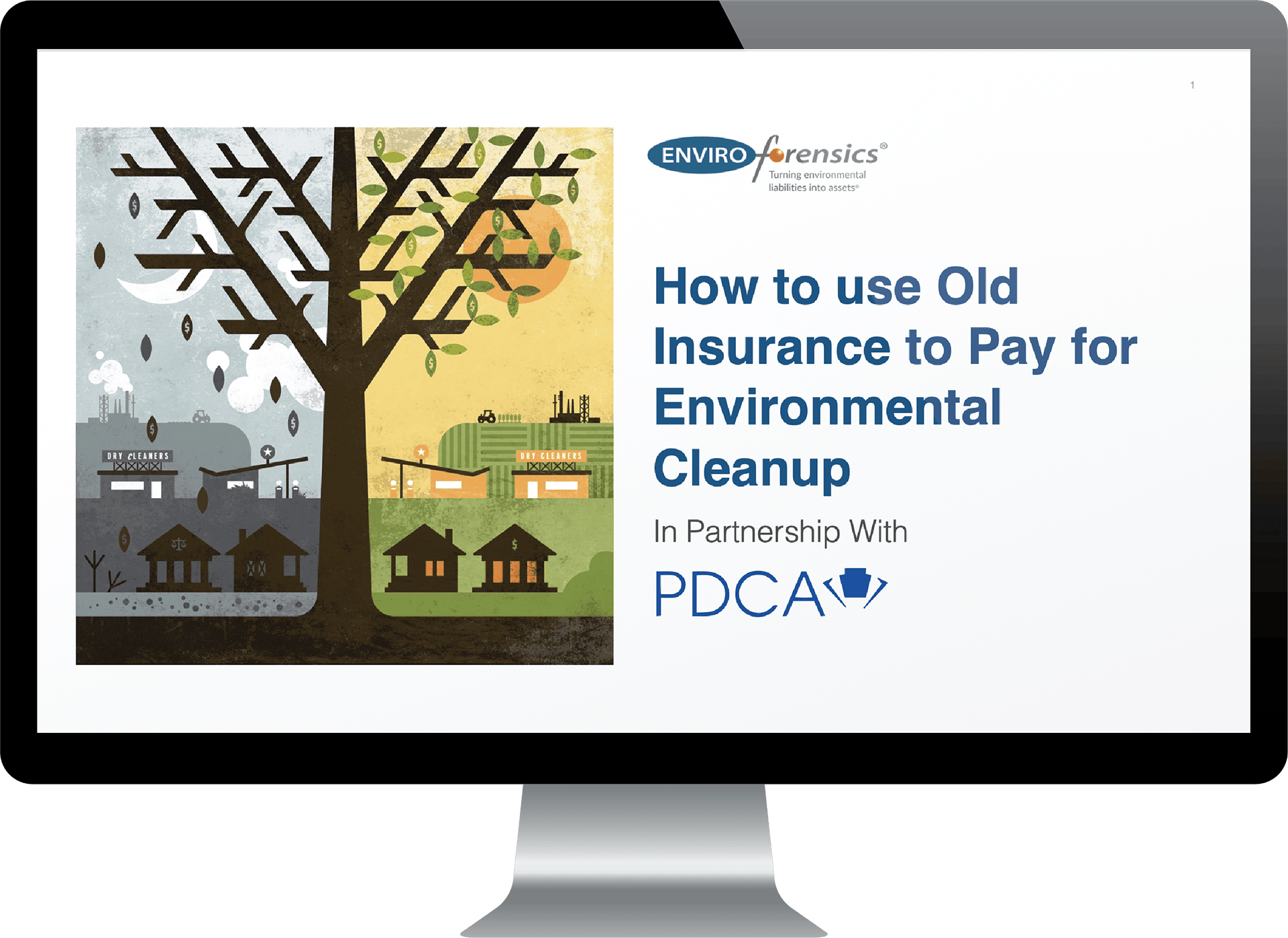

 Jeff Carnahan, LPG
Jeff Carnahan, LPG Dru Shields
Dru Shields Joe Miller
Joe Miller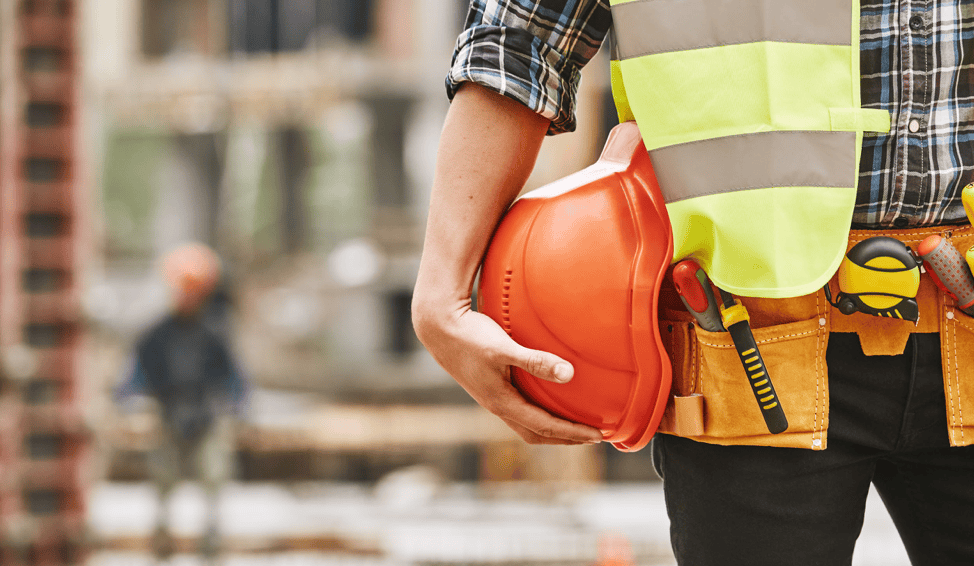

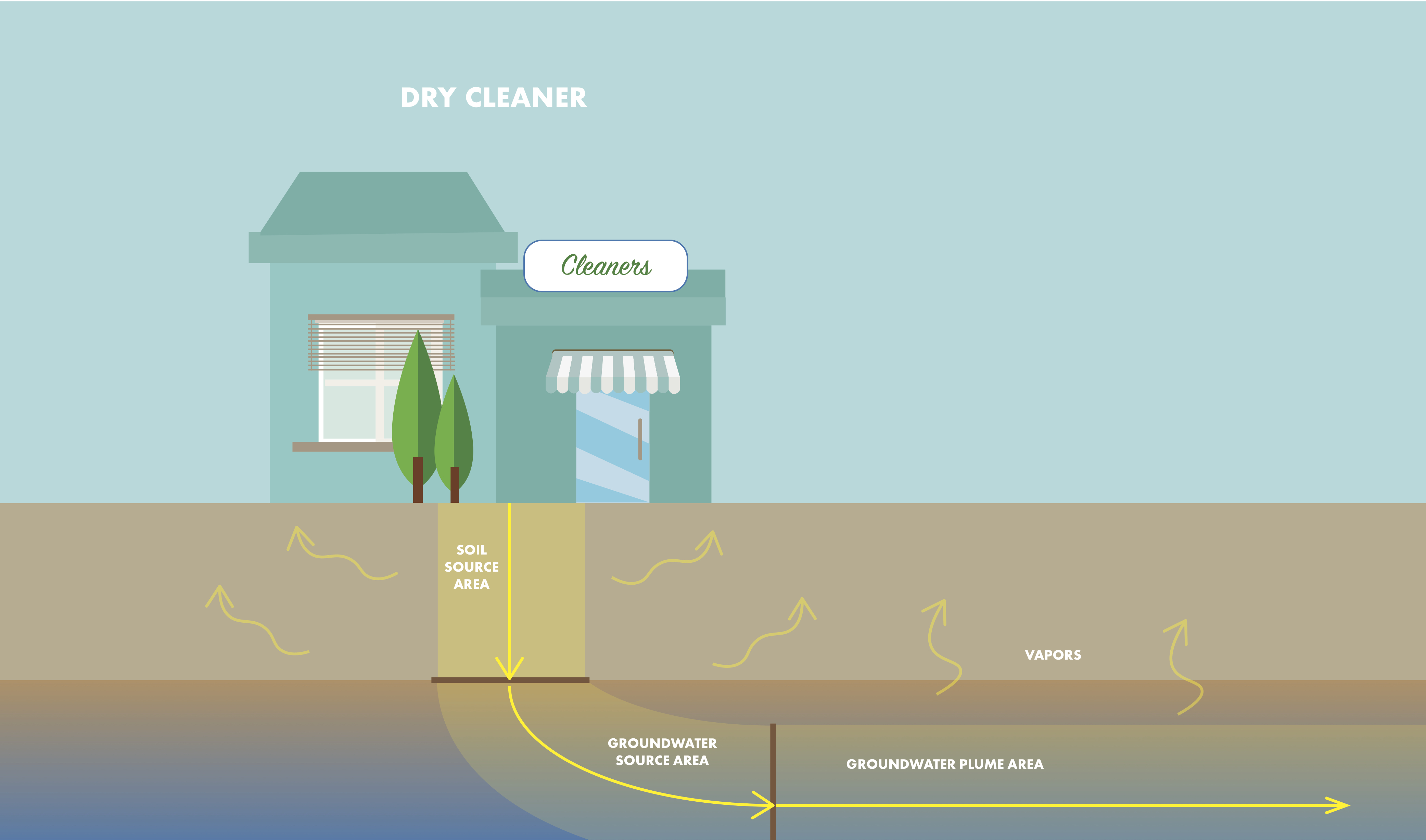


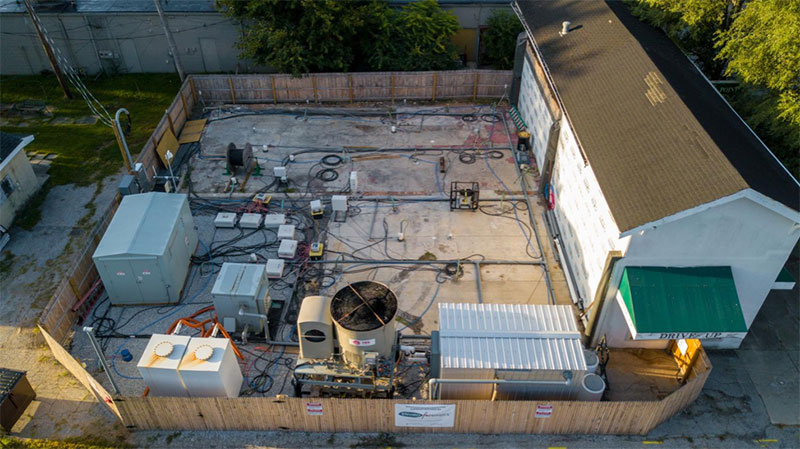



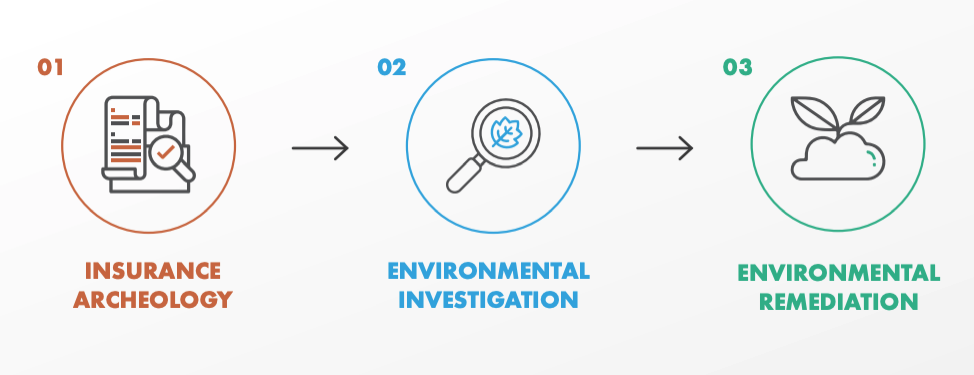
 Stephen Henshaw, CEO at EnviroForensics & PolicyFind has over 30+ years of experience and holds professional registrations in numerous states. Henshaw serves as a client manager and technical manager on complex projects involving contaminated and derelict properties, creative litigation, deceased landowners, tax liens, non-performing banknotes, resurrecting defunct companies and cost recovery. Henshaw’s expertise includes a comprehensive understanding of past and current industry and waste handling practices and the fate and transport of chlorinated solvents in soil and groundwater. He has served as a testifying expert for plaintiffs and defendants on high profile cases involving causation and timing of releases, contaminant dispersion, allocation, damages, past costs, and closure estimates. He has a strong knowledge of state and federal regulations, insurance law, RCRA, and CERCLA. He has managed several hundred projects including landfills, solvent and petroleum refineries, foundries, metal plating shops, food processors, dry cleaners, wood treating facilities, chemical distribution facilities, aerospace manufacturing facilities, and transporters and provides strategy instrumental in funding projects and moving them to closure.
Stephen Henshaw, CEO at EnviroForensics & PolicyFind has over 30+ years of experience and holds professional registrations in numerous states. Henshaw serves as a client manager and technical manager on complex projects involving contaminated and derelict properties, creative litigation, deceased landowners, tax liens, non-performing banknotes, resurrecting defunct companies and cost recovery. Henshaw’s expertise includes a comprehensive understanding of past and current industry and waste handling practices and the fate and transport of chlorinated solvents in soil and groundwater. He has served as a testifying expert for plaintiffs and defendants on high profile cases involving causation and timing of releases, contaminant dispersion, allocation, damages, past costs, and closure estimates. He has a strong knowledge of state and federal regulations, insurance law, RCRA, and CERCLA. He has managed several hundred projects including landfills, solvent and petroleum refineries, foundries, metal plating shops, food processors, dry cleaners, wood treating facilities, chemical distribution facilities, aerospace manufacturing facilities, and transporters and provides strategy instrumental in funding projects and moving them to closure.